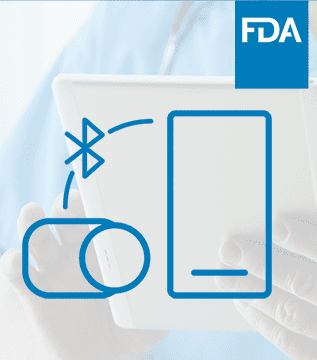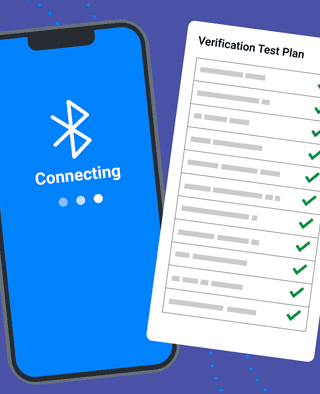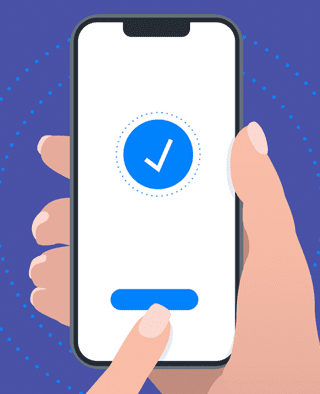
Article
Roundup: Bluetooth Medical Devices Cleared by FDA in 2024
By 2020, there will be more than six billion smartphone users across the world. The vast majority of these phones will be equipped with Bluetooth® technology. At the same time that the use of smartphones is becoming universal, the market for wearable, implantable and portable medical devices is expected to reach in excess of $180 billion by 2020.
Startups and enterprises with an eye towards the market changes, are building sophisticated wireless medical devices with complex companion software and mobile applications that rely on Bluetooth connectivity to access consumer and patient Smartphone wireless capabilities. Companies have prioritized Bluetooth connectivity because it allows them to use smartphones as communication platforms. Short-range Bluetooth connectivity between the medical device and the smartphone allows data transfers via the Wi-Fi and cellular antennas to integrate the on-device patient data with clinical systems and cloud-based architectures.
At Orthogonal, more than 75 percent of our clients use Bluetooth Classic or Bluetooth Low Energy (Bluetooth LE) technologies to ensure connectivity in their medical devices. In some cases, the two protocols are enabled in a single medical device for increased flexibility. While using Bluetooth technology for wireless medical device configuration offers many benefits, there are pitfalls that companies should consider when deciding between Bluetooth Classic, Bluetooth low energy or a dual specification.
As the leading wireless communication platform, Bluetooth® connects medical devices, among others, across short distances using radio frequencies. Progressively, Bluetooth wireless technologies in the medical device industry are driving the emergence of a class of medical software that increases the efficacy and variety of medical treatments available to patients.
From the perspective of a consumer, the software and mobile applications that accompany Bluetooth enabled medical devices serve to extend the overall quality and type of care that patients receive. From the standpoint of a manufacturer, companion software expands the patient touchpoints that can be monetized.
In effect, companion software facilitates the continuous monitoring of patients and categorically increases the kind of health services that clinicians can deliver remotely. This remote and continuous treatment framework favorably impacts the insurance reimbursement models under which medical device manufacturers are often compensated.
The wireless technologies that enable the connectivity of medical devices are dynamic—rather than static—and they are continuously evolving. Wi-Fi, Cellular, Near Field Communication (NFC) and Bluetooth® are among the four leading wireless communication technologies.
Of the four different types of wireless connection, Bluetooth wireless technology has emerged as the preferred communication method in the connected medical device and diagnostic industry. Bluetooth’s prominence in this arena can be traced to its ability to address the specific needs of medical device manufacturers. Bluetooth wireless technology consumes small amounts of power, is nearly universally available in smartphones and tablets and is widely accepted by health care administrators, hospitals and physicians. Additionally, Bluetooth offers medical device manufacturers and others the opportunity to license the Bluetooth trademark as a marketing strategy.
Related Posts

Article
Roundup: Bluetooth Medical Devices Cleared by FDA in 2024

Article
Roundup: Bluetooth Medical Devices Cleared by FDA in 2023

Article
Testing Strategies for Bluetooth Medical Devices

Article
Patient Engagement & UX for Bluetooth Medical Devices